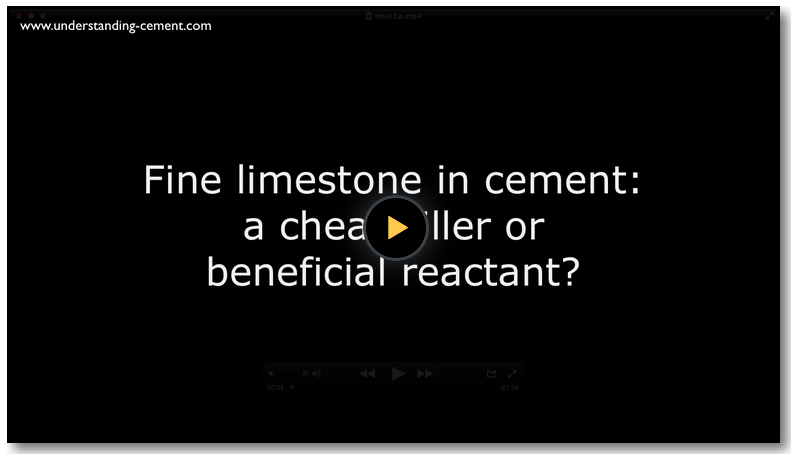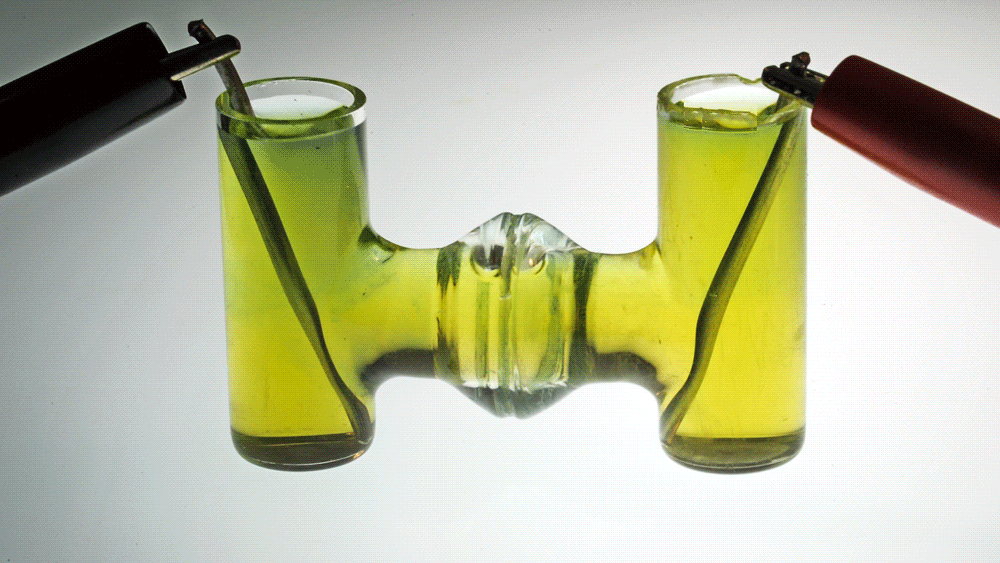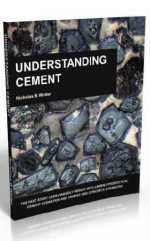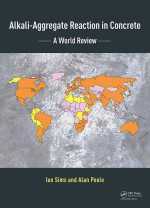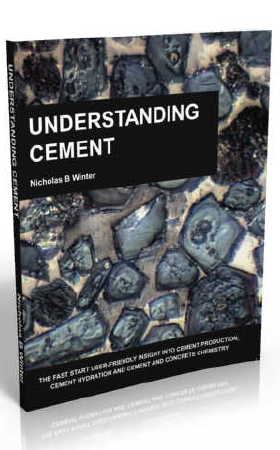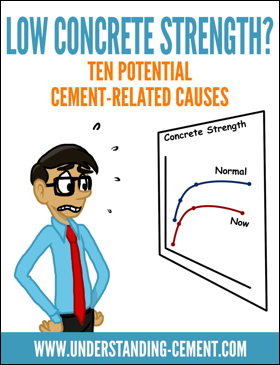
Mesocrystals in concrete?
Sea urchins have been in the news lately; their spines contain mesocrystals. From a concrete perspective, this could be much more interesting than the usual reasons sea urchins get into the news such as spiking the feet of unwary bathers or for their historical use in producing purple dye.
A group led by Helmut Colfen of the University of Konstanz in Germany
studied the spines using electron microscopy, X-ray diffraction and
numerous other methods.
It has long been known that the spines
were composed largely or entirely of calcium carbonate. However, this
was puzzling, since calcium carbonate crystals are brittle and easily
fractured along cleavage planes. Sea urchin spines are tough and don't
show smooth cleavage planes when broken but exhibit conchoidal fracture
similar to that of glass.
What are mesocrystals?
The group found that the spines are mesocrystals. I'd never heard of mesocrystals until now (neither has my spellchecker) so I looked it up. A mesocrystal is a composite material composed of separate microscopic crystals that all have the same crystallographic orientation and which are bonded with a non-crystalline "glue".
The mesocrystalline structure of the spines means that they have the hardness of the calcite crystals but the non-crystalline glue prevents them fracturing. (This sounds to me a bit like the technique of introducing bubbles into metal to inhibit crack propagation, but I could be wrong).
Colfen's group found that the spines are made of 92% crystalline calcite and 8% amorphous material consisting of calcium carbonate containing 0.1% protein. The calcite isn't ordinary calcite but Mg-rich calcite. I hadn't heard of this either (it is not the same as dolomite) but it seems it occurs both as a natural mineral and also as a "bio mineral" in plankton and other animals.
The scale of this material is minute - the crystals are a few nanometres across. This would be around the limit of the resolution of a normal scanning electron microscope, although resolvable by a transmission electron microscope if you could prepare suitable specimens - which the group presumably did. No mean achievement, I suggest.
If concrete could be induced to behave in a similar manner, the benefits in terms of hardness and general toughness would be significant. In a BBC interview, Colfen said his group is now "working with two major international companies" to try to achieve this.
So, next time you go paddling and tread on a sea urchin, you can feel better by knowing that the pain was inflicted by a mesocrystalline material. Oh yes, and don't forget that some urchins are poisonous.
See: "Structure-property relationships of a biological mesocrystal in the adult sea urchin spine," Jong Setoa, Yurong Maa, Sean A. Davis, Fiona Meldrum, Aurelien Gourrier, Yi-Yeoun Kim, Uwe Schilde, Michael Sztucki, Manfred Burghammer, Sergey Maltsev, Christian Jager, and Helmut Colfen. Proceedings of the National Academy of Sciences of the United States of America, PNAS 13-17 February 2012.
Available online here. (The full paper is behind a paywall, but you can read the abstract).
Exit this 'mesocrystals and concrete' page and return to the main blog page
Check the Article Directory for more articles on this or related topics

